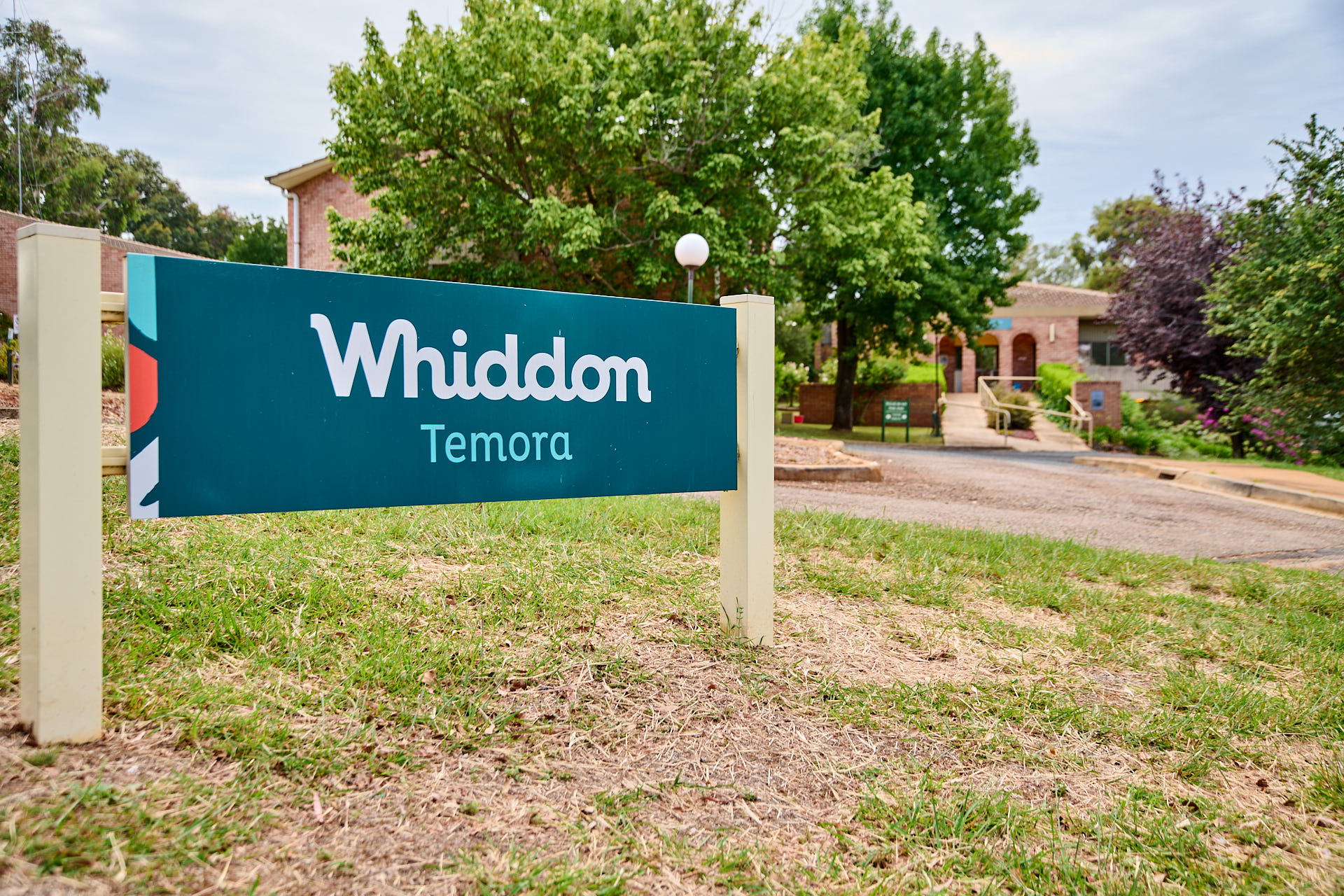Whiddon Calls for Federal Budget to Address Integrated Health Services in Regional Australia
Unpacking the unique opportunity for intergovernmental collaboration to deliver on quality care for Australia’s ageing population in regional, rural, and remote communities.
23 April 2024
Leading regional aged care provider, Whiddon is calling on the NSW and Federal Governments to take an integrated approach to healthcare in regional communities, ahead of the 2024-25 Federal Budget, set to be delivered on Tuesday, May 14.
In March, the long-awaited findings from the Government’s Aged Care Taskforce provided a suite of 23 solid recommendations aimed at creating a sustainable sector. However, it is the great level of uncertainty that remains around the exact funding commitments and how block funding referenced in the report will flow through to our regional communities that have left many regional providers in limbo.
“From our perspective as a not-for-profit provider, with a strong commitment to regional Australia, there is still work to do,” said Whiddon CEO, Chris Mamarelis.
The Call For Integrated Health Models In Our Regions
As a proud advocate for regional care, Whiddon has experienced firsthand the challenges with the status quo and now sees a unique opportunity to engage in integrated health models between State and Federal health systems to bring a more holistic and collaborative approach to caring for our ageing population in regional communities.
“There is a unique opportunity for State and Federal Government and regional providers to work together to tackle the challenges facing our regions.”
As Chris explains, “I passionately believe that if we can create a single focus on the health requirements of our communities, one that brings together State funded hospitals and Federally funded aged care, we can deliver a truly holistic health journey that better meets the needs of ageing communities in regional and remote areas.

He continues, “particularly within these regional communities, where health resources are scarce, we can foster continuity of care between hospitals and specialist aged health services, develop new approaches to resource sharing improve health outcomes and strengthen allied health strategies.”
Currently, providing high-quality aged care in regional and remote areas is compounded by challenges in attracting workforce, accommodation shortages, and financial sustainability issues for providers in these locations, with 57 per cent of rural and remote homes continuing to make an operating loss.
A truly integrated approach would see NSW and Federal Health align health strategies, through the sharing of resources, information, and planning from both a care and operational perspective. Regional and not-for-profit providers such as Whiddon continue to provide quality care to the 1 in 3 Australians (34%) aged 65 or over and living in rural and remote areas of Australia.
What Our Regional Communities Need
In a positive step, the Government has made commitments to fund more multi-purpose services in regional and remote locations, however, these services lack the holistic and specialised aged care programs that local communities require.
Professor Blackberry, Director for Centre for Rural Ageing and Aged Care Research, estimated Australia would need another 3,500 aged care beds and another 2,500 home care support packages over the next 10 years for people to age in remote areas, only enhancing the need for a significant review of funding or adopting the integrated health models as highlighted by Chris.
“As our population ages, we know the need for more aged care beds and Homes will only increase, but there is no real incentive for investment in the sector. This must also be addressed,” said Chris.
“The Government and our community alike expect more from the aged care sector, as they should. However, without adequate funding and investment, it’s hard to see how we as providers can deliver the improvements that are needed”.
The Temora Opportunity
This unique integrated health opportunity has the potential to transform health services for the Riverina town of Temora, with the NSW Government recently committing to an $80 million investment for the redevelopment of the Temora Hospital.
The investment was made at a time when the demand for aged care services in Temora is growing. It is expected the population aged 75 and over will increase to 13.3% by 2031 and an extra 50 aged care beds are needed to meet more immediate demand.
Concurrently, Whiddon has approached the Federal Government for additional support to bring the $24 million redevelopment of its Temora Home to life. If successful, this funding will enable a major expansion and upgrade of Whiddon’s Temora home which will meet the needs of the region and enable local residents to remain in the community where they have raised families and built their livelihoods. Additionally, the project will provide an estimated 60 construction phase jobs for the region, along with additional skilled nursing positions that would otherwise be lost to the region.

Whilst Chris believes the investment from NSW Health is putting things on the right path, more needs to be done to ensure a holistic approach is taken to meeting the needs of our communities and that quality care isn’t just limited to the already strained hospital system.
The health needs of our communities shouldn’t be impacted by government jurisdictions. COVID highlighted the barriers this creates and how Government at all levels can unite for the betterment of our communities. We need to focus on the needs of ageing Australians in regional and remote areas by creating an integrated, collaborative healthcare approach.”
“At the moment, investment in aged care continues to be impacted by uncertainty and volatility. While we are experiencing some improvement, we are still at the mercy of Government regarding the journey ahead. As a sector we must rise to the challenge and provide the care that Australians need and deserve.”
Chris believes with 21 per cent of residential aged care and 25 per cent of homecare in rural, remote, or very remote areas (MM4-7) and more than 600,000 people moving to the regions since COVID, it’s crucial that a funding pipeline stemming from this upcoming budget keeps servicing the areas.
“We can’t keep neglecting the regions. To meet the demand for aged care services in the coming years, we need more investment in workforce, infrastructure, innovation and building development. There’s a real need for incentives to encourage growth in the sector.”
Despite the ongoing funding challenges facing the aged care sector, last week Whiddon proudly reaffirmed its commitment to delivering quality care services to regional and rural Australia with the completion of $13 million in redevelopment and upgrades across their Narrabri, Wingham, and Bourke locations in the last 12 months.
About Whiddon
Whiddon is an award-winning care provider that aims to inspire every day in its 23 RAC homes across NSW & SE QLD. Its purpose is to enrich people’s lives and make a real difference.
Whiddon has been providing exceptional care to older Australians and people with disabilities across regional, rural, and remote NSW and QLD for more than 75 years.
Whiddon proudly partners with academics and universities to remain at the forefront of innovation as it leads the latest thinking, programs, and training around quality of life and ageing.


